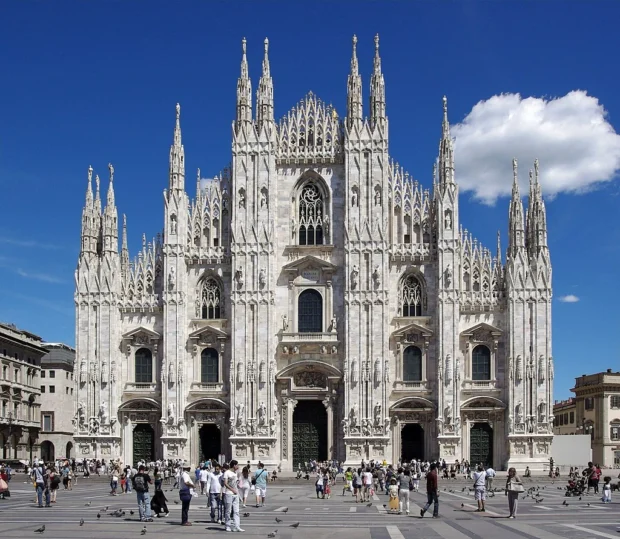Milan is a city that mixes old and new in a way few places do. Its streets tell stories of emperors and designers, artists and musicians. While many come to see the famous Duomo cathedral or the opera house La Scala, the city offers so much more. From charming cafés to busy markets, Milan is a feast for the eyes and the senses. If you want to know how to move around, what to taste, and how customs shape everyday life here, you are in the right place. Let me share what I found walking its neighborhoods, chatting with locals, and listening to the city’s rhythm.
Table of Contents
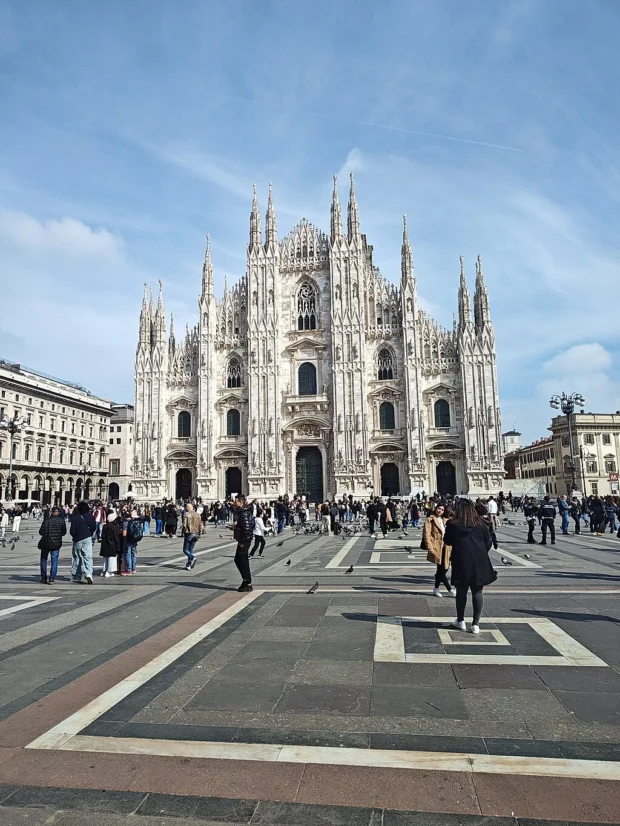
Famous Milan Landmarks and Their Stories
No visit to Milan can ignore the Duomo di Milano. This Gothic cathedral took nearly six centuries to complete and stands at the heart of Piazza del Duomo. Its white marble shines in the daylight while its rooftop offers views over the city’s rooftops and spires. I remember climbing the narrow stairs and feeling the wind whisper in Milanese, “Benvenuto!” (Welcome!). The intricate statues and flying buttresses make it a photographer’s dream. Nearby, Galleria Vittorio Emanuele II, a grand shopping arcade from the 19th century, invites visitors to stroll under its glass dome while sipping espresso in historic cafés.
After exploring Milan’s landmarks, you might enjoy reading about Rome’s Trevi Fountain, another iconic Italian monument full of history and local charm. Trevi Fountain in Rome
To complement your visit to Milan’s landmarks, explore this guide inside the Duomo di Milano showcasing its stunning gothic artistry and rich history.
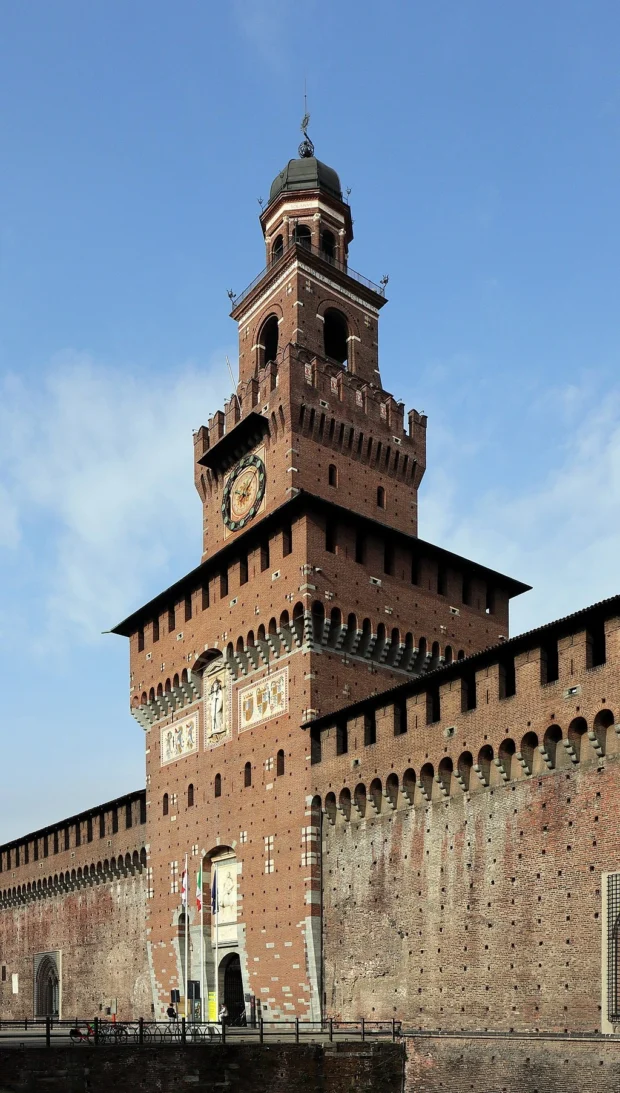
Just a short walk away stands La Scala, the world-famous opera house. Watching a performance here is more than entertainment; it’s a dive into Italy’s rich cultural heritage. The elegant inside reminds every visitor how much artistry matters to Milan. Another must-see is the Castello Sforzesco, a fortress turned museum complex. Its walls hide collections of ancient art and musical instruments, whispering tales of Milan’s medieval rulers.
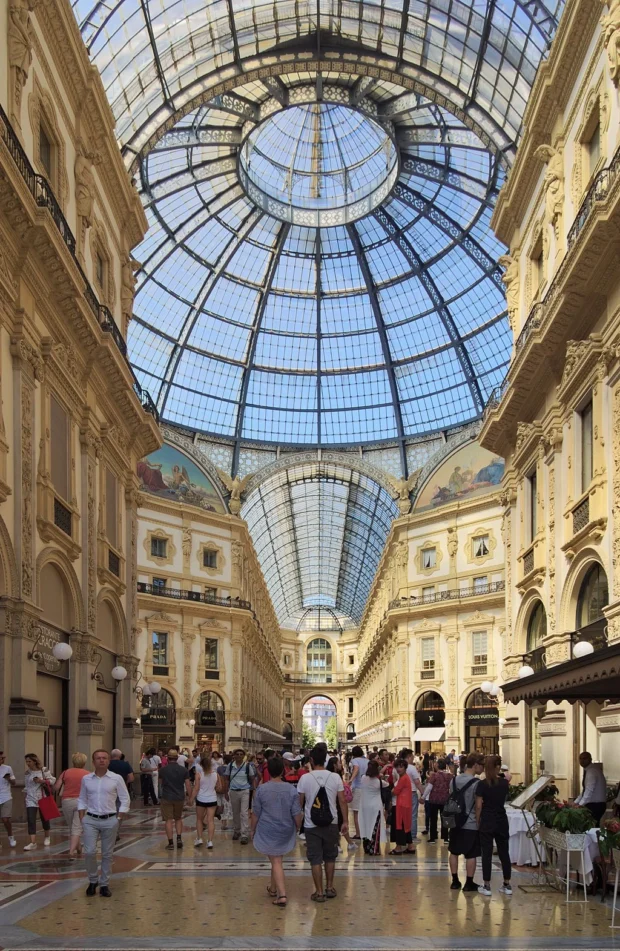
Hidden Corners and Neighborhood Walks
Beyond these known places, Milan reveals its charm in quieter areas. Brera, one of the city’s oldest neighborhoods, is where artists’ studios and antique shops create a timeless atmosphere. Its narrow alleys invite exploration, and the Pinacoteca di Brera holds masterpieces you may not find in guidebooks. When I wandered there, an elderly Milanese man shared how Brera was once home to painters and writers, making it the city’s creative heart.

Not far from the city center is the Navigli district, famous for canals and lively evenings. The reflections of old shops in the water and the clinking glasses of aperitivo (Italian happy hour) create a festive mood. It’s a great spot to enjoy Milanese street life, especially when the sun sets slowly. Walking along the canal, I heard locals cheerfully use the phrase, “Andiamo!” – which means “Let’s go!” – perfect for inviting friends to join the fun.
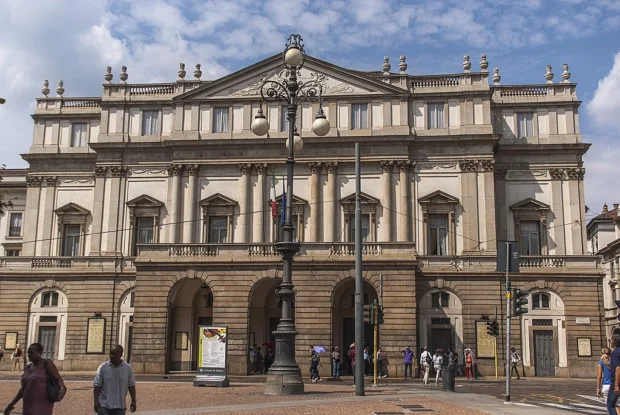
Tasting Milan: Food and Where to Eat
Milan’s food scene is rich but focused on a few classic dishes. Risotto alla Milanese, flavored with saffron, is a must-try. I found it at a small trattoria in the historic center where the slow cooking filled the air with golden, buttery scent. Cotoletta alla Milanese, a breaded veal cutlet, represents comfort food here and pairs well with a glass of local red wine from Lombardia.
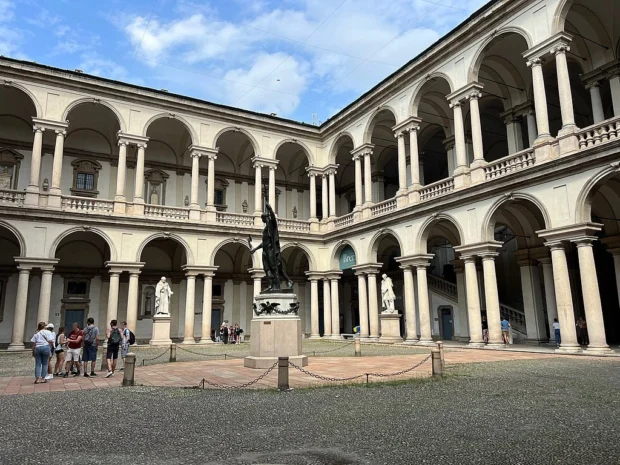
Aperitivo culture is strong, especially in the evening around Navigli and Porta Romana districts. Bars offer small snacks alongside drinks, turning a simple outing into a social event. If you want sweet, try Panettone, a tall, fluffy cake originally from Milan, best enjoyed during holidays but often available all year.
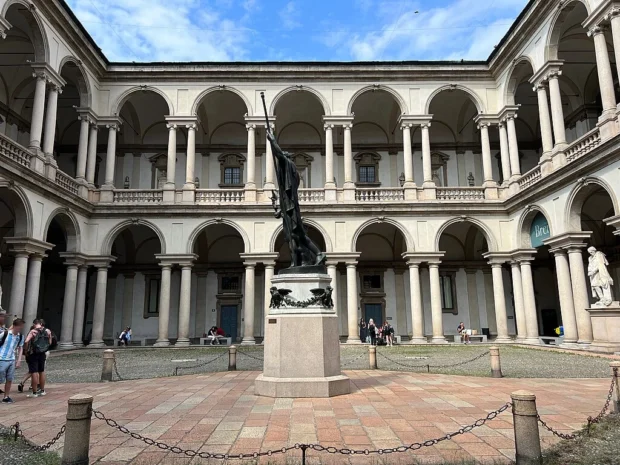
Getting Around Milan Easily
Traveling from Milan Malpensa Airport to the city center is simple. The Malpensa Express train connects airport terminals with Milano Centrale, the main railway station, in about 50 minutes. It’s fast, reliable, and a pleasant way to enter Milan’s urban pulse. The city’s metro system is clean and efficient, with four main lines linking most attractions.
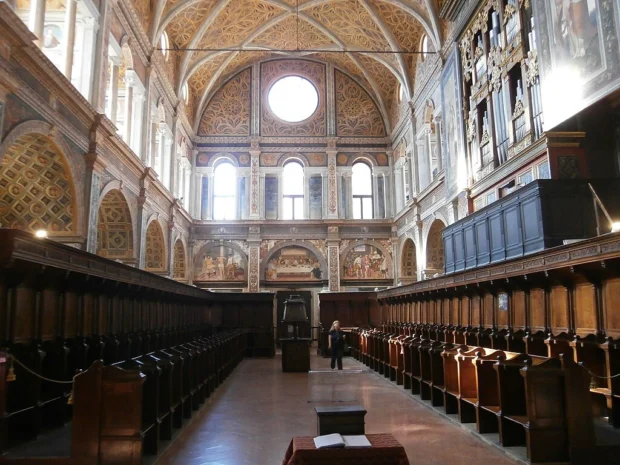
Walking is often the best way to really see Milan. Many streets in old neighborhoods are pedestrian-friendly. When using public transport, buy tickets beforehand at machines or kiosks – remember to validate them when you board. Locals appreciate punctuality, so arriving on time is wise.
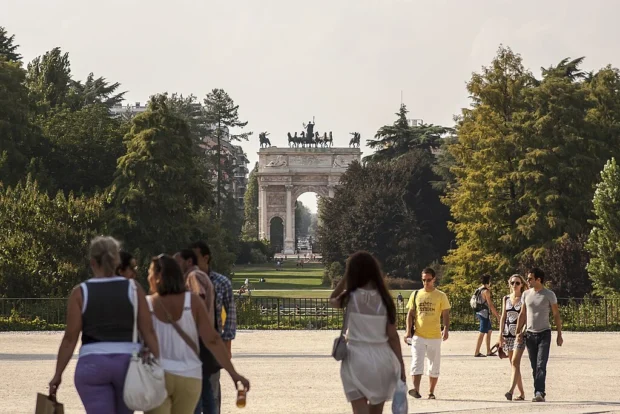
Customs and Manners in Milan
Italians in Milan are warm but appreciate respect for their traditions. When greeting someone, a polite “Buongiorno” (bwohn-JOR-noh, good morning) or “Buonasera” (bwoh-nah-SEH-rah, good evening) goes a long way. Italians tend to speak with their hands and value eye contact; it shows genuine interest. Avoid loud talking in public places or rushing meals, which are moments to savor rather than hurry through.
For those who admire iconic architecture, Barcelona’s Sagrada Familia offers a masterful example of artistic stonework and cultural depth.
In cafés, standing at the bar for an espresso is common and much faster than sitting down. When you enter small shops or restaurants, a simple “Salve” (SAL-veh, hello) is polite. People are proud of their city and culture. When I complimented a Milanese on her knowledge of local art, she smiled and said, “Grazie mille” (GRAHT-see-eh MEEL-leh), meaning “Thank you very much.” These little phrases open many doors.
Unexpected Facts and Local Stories
Milan’s history has layers of surprises. Did you know that the city once hosted Leonardo da Vinci? His famous painting, The Last Supper, is housed in the Santa Maria delle Grazie church. Booking ahead is essential to see this masterpiece, as only small groups are allowed per visit. The church itself, with its Renaissance walls, feels like stepping into another century.
One quirky fact: the Milan Cathedral’s rooftop is home to a wild population of small birds, protected by the city. Watching them dart between marble spires while historic bells ring was an unforgettable moment for me. It reminded me that even in the busiest cities, nature finds a way.
Finally, Milan’s reputation as a fashion capital is well deserved but goes beyond big brands. Small workshops and artisan shops carry traditions of tailoring that date back hundreds of years. Walking near Via Montenapoleone, the luxury shopping street, I stumbled upon a tiny leather workshop where the owner shared stories of making shoes by hand. Such moments connect past and present in this dynamic city.
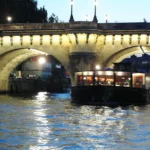
Lover of cities, local cafés, and historic streets, exploring urban life with attention to architecture and culinary delights.
- 20110724 Milan Cathedral 5260 by Jakub Hałun on Wikimedia Commons – cc by-sa 4.0
- Duomo di Milano (23282) by Champ0999 on Wikimedia Commons – cc0
- Castello Sforzesco (Milan) – The main entrance heading west by Terragio67 on Wikimedia Commons – cc by-sa 4.0
- Galleria Vittorio Emanuele II 2382 by C messier on Wikimedia Commons – cc by-sa 4.0
- Santa Maria delle Grazie (Milan) – 52894269114 by dconvertini on Wikimedia Commons – cc by-sa 2.0
- La Scala S by Spens03 on Wikimedia Commons – cc by-sa 3.0
- Cour Intérieure Palais Brera – Milan (IT25) – 2022-09-03 – 4 by Chabe01 on Wikimedia Commons – cc by-sa 4.0
- Cour Intérieure Palais Brera – Milan (IT25) – 2022-09-03 – 3 by Chabe01 on Wikimedia Commons – cc by-sa 4.0
- Chiesa di San Maurizio al Monastero Maggiore – Milano 05 by Casalmaggiore Provincia on Wikimedia Commons – cc by-sa 4.0
- ParSemp S by Spens03 on Wikimedia Commons – cc by-sa 3.0
